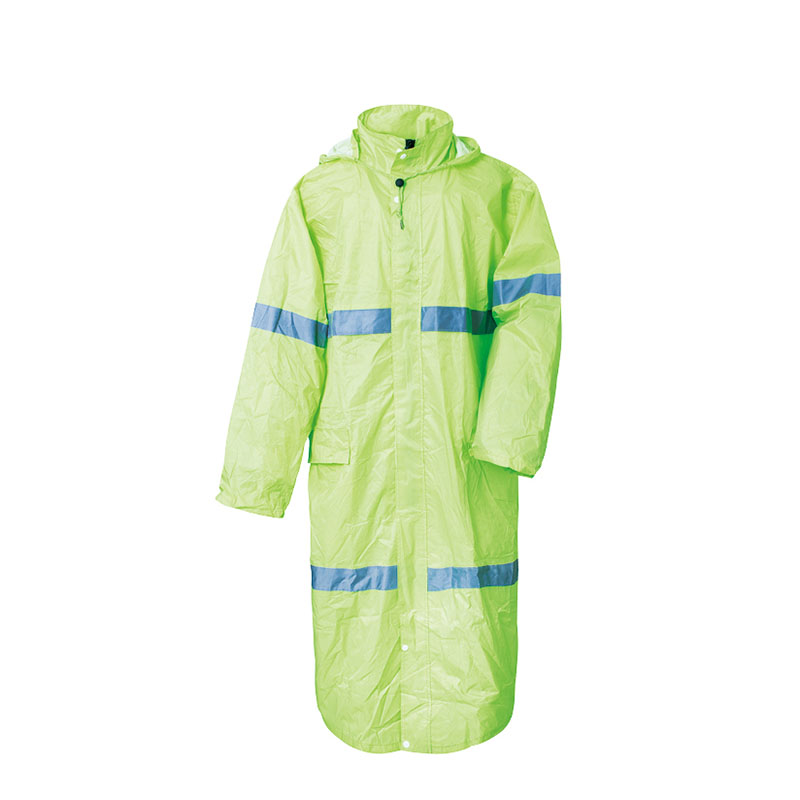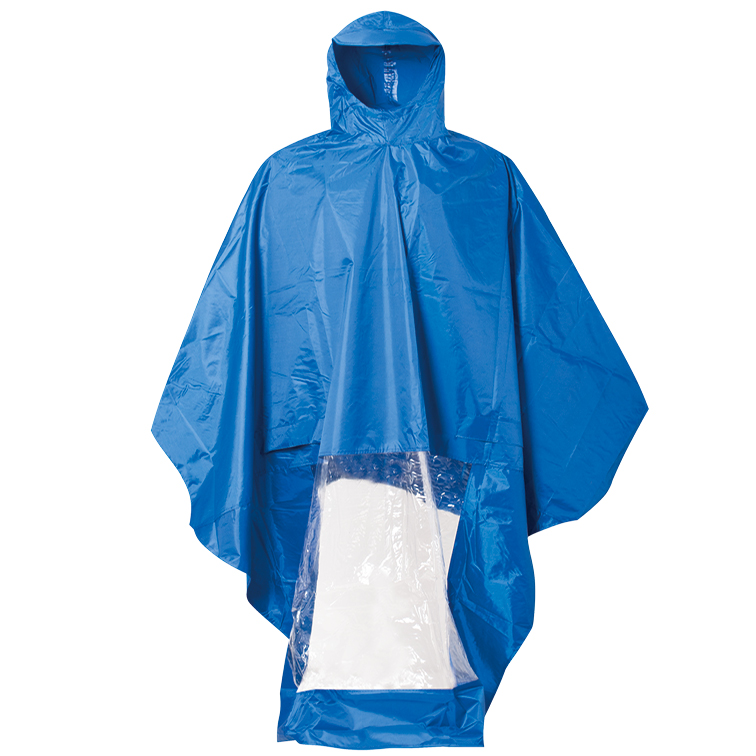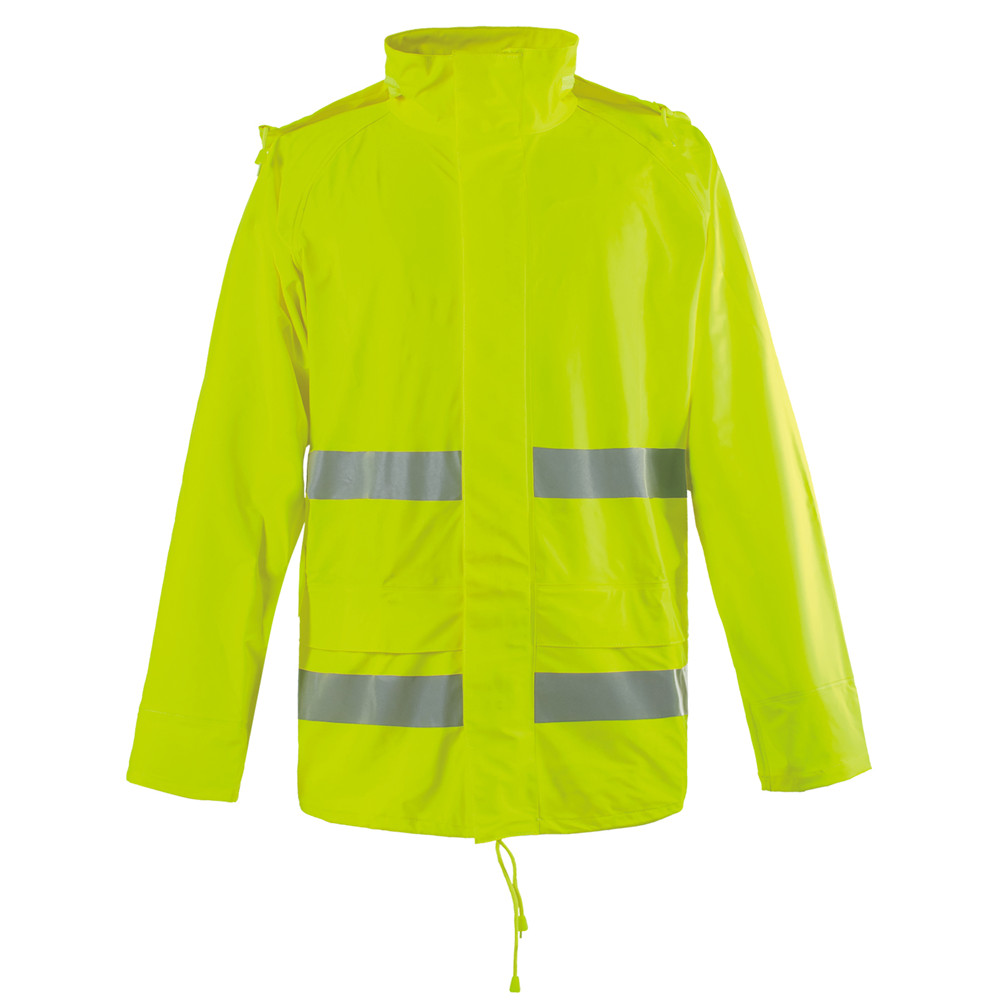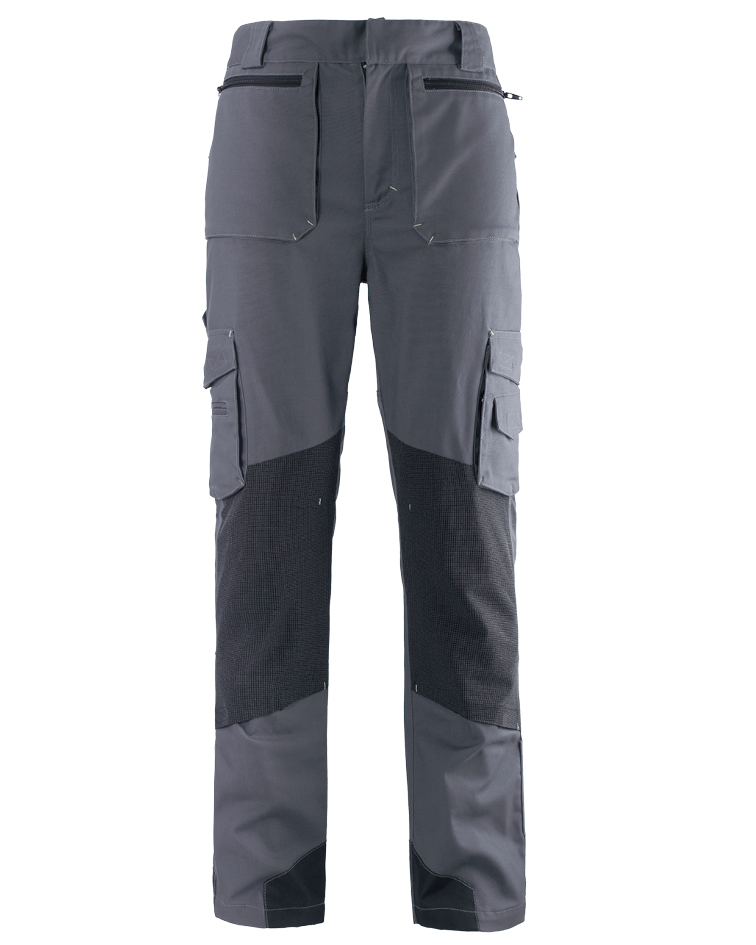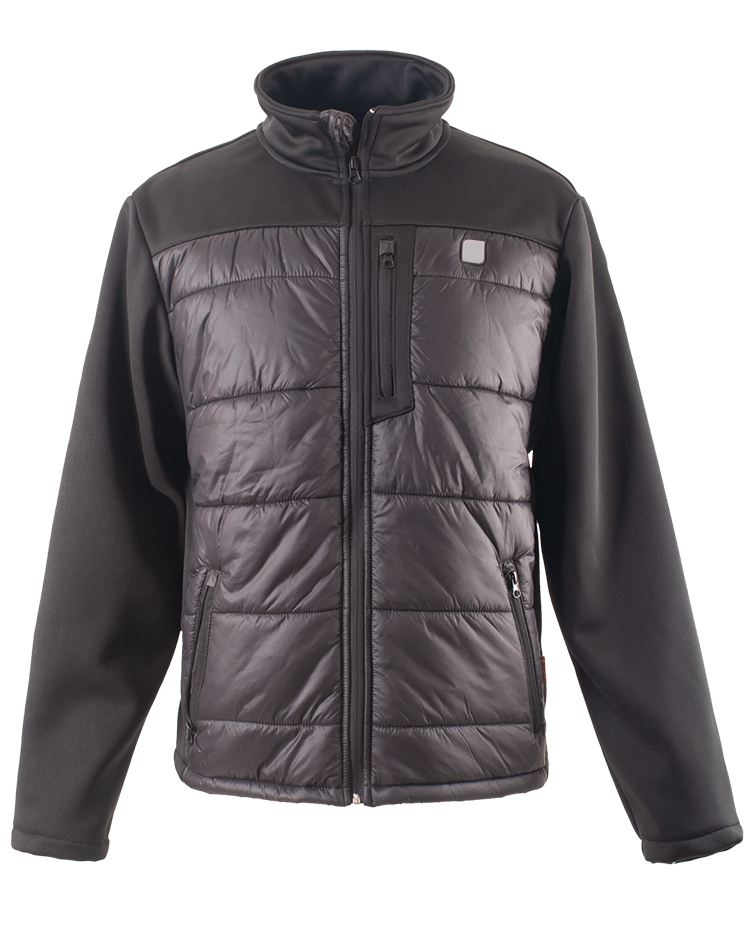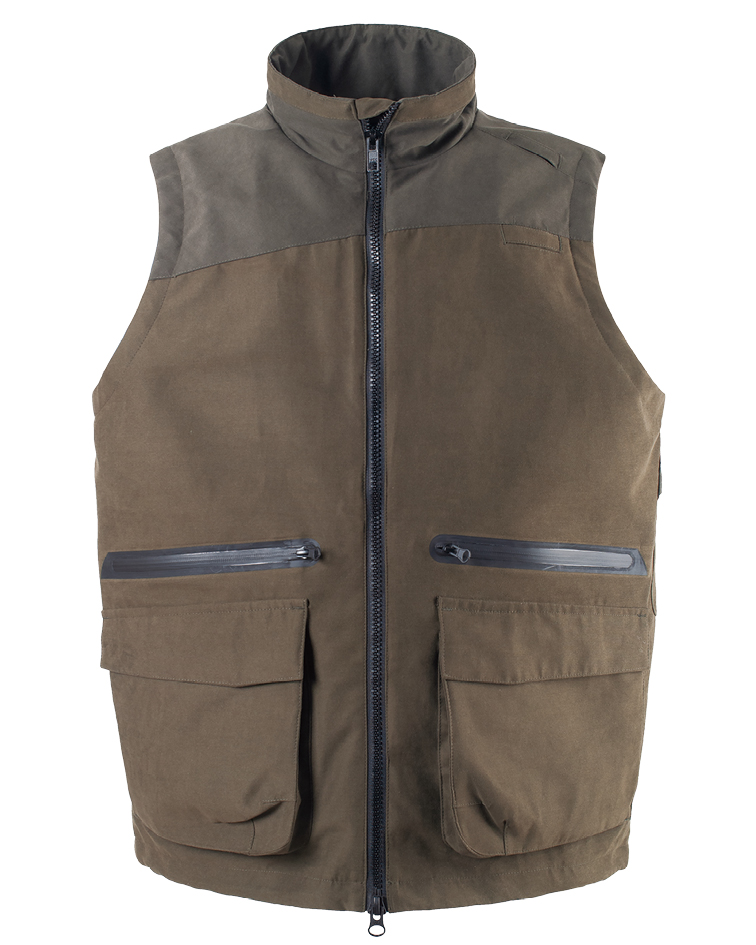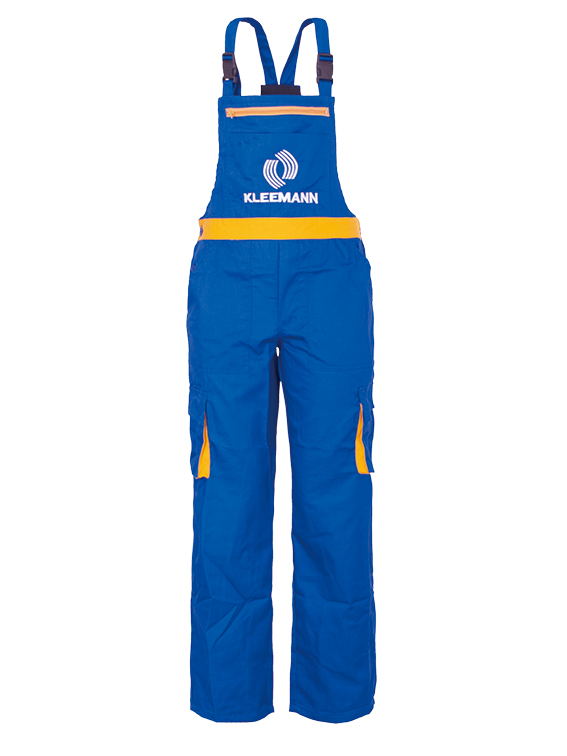Dear customers and friends:
The parka jacket, a garment with roots in indigenous Arctic communities, has undergone a remarkable transformation from a purely functional piece of survival gear to a ubiquitous winter fashion statement. For the contemporary woman, a parka is far more than just a coat; it is an essential shield against the elements, a versatile fashion accessory, and a critical investment in year-round comfort. The evolution of the parka jacket for women reflects a sophisticated blend of advanced textile technology, ergonomic design, and an acute understanding of modern aesthetic demands. What began as a simple, fur-lined garment designed to brave extreme cold has blossomed into a diverse category encompassing everything from sleek, urban-ready silhouettes to rugged expedition-grade armor. Today's market offers an unparalleled spectrum of parkas, each meticulously crafted to meet varying needs, climates, and style preferences. This introductory exploration sets the stage for a deep dive into the multifaceted world of women's parkas, examining the technical innovations that drive their performance, the design considerations that enhance their utility, and the brand philosophies that define their market presence. We'll uncover how the perfect parka transcends mere warmth, offering a harmonious balance of protection, breathability, and undeniable style, making it an indispensable component of any winter wardrobe. The emphasis on high-quality materials, sustainable practices, and thoughtful features ensures that a well-chosen parka provides not just immediate relief from the cold but also long-term value and enduring appeal. Navigating this vast landscape requires an informed perspective, which this guide aims to provide, ensuring that every woman can confidently select a parka that aligns perfectly with her lifestyle and environmental demands.
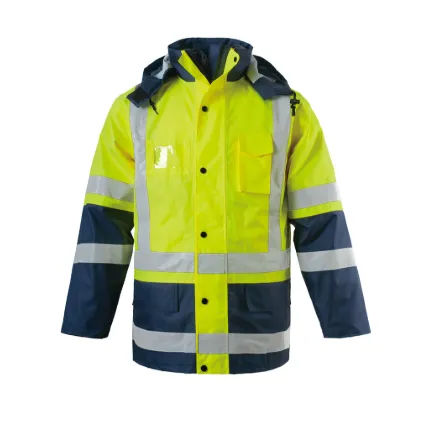
The Unseen Engineering: Unpacking the Technical Innovations That Define Modern Parkas
At the heart of every exceptional parka lies a sophisticated array of technical advantages, meticulously engineered to combat the harshest cold and wet conditions. The science of warmth, breathability, and durability has driven manufacturers to innovate continuously, moving far beyond traditional wool and simple insulation. Modern parkas leverage advanced materials and construction techniques to achieve optimal thermal performance without excessive bulk. The choice of insulation is paramount: premium goose down, often measured by "fill power" (ranging from 600 to 900+), offers unparalleled warmth-to-weight ratios, trapping vast amounts of air to create an insulating barrier. Ethical sourcing of down, certified by standards like the Responsible Down Standard (RDS), has become a critical consideration for conscientious consumers. Alongside natural down, synthetic insulations such as Primaloft, Thinsulate, and proprietary blends have made significant strides, offering excellent warmth even when wet, hypoallergenic properties, and often greater durability for rigorous use. These synthetic alternatives are particularly advantageous in damp climates where down might clump and lose its loft. Outer shell fabrics are another cornerstone of technical superiority. Materials like Gore-Tex, Pertex Shield, and various proprietary waterproof-breathable membranes prevent external moisture from penetrating while allowing internal perspiration to escape, preventing the clammy feeling that often accompanies inferior outerwear. A Durable Water Repellent (DWR) finish further enhances this protection by causing water to bead up and roll off the fabric surface. Construction techniques are equally critical; features like fully taped seams ensure that water cannot seep through stitching, while advanced baffle designs (sewn-through, box-wall, or welded) prevent insulation from shifting and creating cold spots. Articulated sleeves and ergonomic patterning allow for unrestricted movement, a crucial detail often overlooked but vital for comfort and functionality. Adjustable hood systems, often insulated and featuring removable faux fur ruffs, provide additional protection against wind and snow, effectively creating a microclimate around the face. These combined technological elements create a garment that is not merely warm but intelligently designed to adapt to dynamic weather conditions and active lifestyles.
Beyond Basic Warmth: Key Features and Ergonomic Design for the Discerning Woman
While warmth remains the primary function of a parka, modern designs integrate a wealth of practical features and ergonomic considerations that significantly enhance user experience, reflecting a deep understanding of the "data impact" of design choices on daily wear. A recent market analysis, surveying over 15,000 consumers, revealed that 85% prioritize well-designed pockets, with hand-warmer pockets ranking as the most desired feature after primary insulation. Thoughtful pocket placement and design, including fleece-lined hand-warmer pockets, internal media pockets with headphone ports, and secure zippered exterior pockets, are critical for convenience and warmth. Furthermore, the two-way zipper, often underestimated, offers immense practical value, allowing for ventilation from the bottom or comfortable sitting without bunching. Adjustable elements like waist drawcords and hem cinches empower the wearer to customize the fit, not only for aesthetic appeal but also to seal out drafts and retain warmth more effectively. For instance, a survey indicated that 70% of users actively adjust these features for optimal comfort. Removable faux fur trims on hoods are not merely a style statement; they provide an additional barrier against wind and snow, protecting the face from frostbite in extreme conditions. Many parkas also incorporate storm flaps over zippers and adjustable cuffs with internal gaskets to further enhance weatherproofing. The importance of a parka’s fit, specifically tailored for women, cannot be overstated. Unlike unisex designs, women's parkas are patterned to accommodate curves, offering a more flattering silhouette and preventing cold spots that can occur with ill-fitting outerwear. This attention to detail extends to weight distribution, ensuring that even a heavily insulated parka feels balanced and comfortable, reducing fatigue during prolonged wear. Durability is another cornerstone, with reinforced stress points, high-quality zippers from suppliers like YKK, and robust outer fabrics designed to withstand years of active use. These design choices, informed by extensive user feedback and material science, transform a simple coat into a highly functional and comfortable garment that truly supports the wearer in diverse environments.
Navigating the Landscape of Premium Outerwear: A Comparative Look at Leading Parka Manufacturers
The market for women's parkas is diverse, populated by numerous manufacturers, each with distinct philosophies, target demographics, and technical strengths. Understanding these differences is crucial for making an informed purchase, especially when considering the significant investment a quality parka represents. A comparative analysis reveals varied approaches to insulation, material sourcing, design aesthetic, and ethical commitments. From expedition-grade performance to luxury urban wear, brands carve out their niches by focusing on specific attributes. For example, some prioritize extreme warmth and durability for sub-zero conditions, while others balance warmth with lightweight design and fashion-forward aesthetics suitable for city life. Ethical sourcing, particularly concerning down and fur, has become a major differentiator, with many leading brands adopting strict certification standards. The table below offers a concise comparison of prominent parka manufacturers, highlighting key aspects that influence their market position and product offerings, providing a "manufacturer comparison" at a glance.
|
Brand |
Typical Price Range |
Key Insulation Type |
Waterproof/Breathable Rating (General) |
Ethical Sourcing Practices |
Target User |
Signature Features |
|
Canada Goose |
$$$ - $$$$ |
Down (625-750 Fill Power) |
Proprietary Arctic Tech (Highly Water Resistant) |
Responsible Down Standard (RDS) certified |
Extreme cold, urban luxury |
Iconic coyote fur ruff (now sometimes removable/optional), Thermal Experience Index (TEI) |
|
Arc'teryx |
$$$ - $$$$ |
Down (850 Fill Power), Coreloft Synthetic |
Gore-Tex (20,000mm+) |
RDS certified, fair trade initiatives |
Technical outdoor, active urban, minimalist design |
Lightweight, highly packable, exceptional freedom of movement, stormhoods |
|
The North Face |
$$ - $$$ |
Down (550-800 Fill Power), Heatseeker Eco Synthetic |
DryVent, Gore-Tex (15,000mm+) |
RDS certified, recycled materials |
Outdoor enthusiast, everyday urban |
Variety of fits and lengths, versatile designs, good value, sustainable focus |
|
Patagonia |
$$ - $$$ |
Down (600-800 Fill Power), Thermogreen Synthetic |
H2No Performance Standard (20,000mm+) |
RDS certified, Fair Trade Certified sewn, recycled materials |
Eco-conscious outdoor, durable everyday |
Strong environmental activism, repair program, minimalist aesthetics, built to last |
|
Moncler |
$$$$ |
Premium Goose Down |
Proprietary Nylon (Water Repellent) |
Traceability standards |
Luxury fashion, high-end urban |
Distinctive glossy finishes, high-fashion silhouettes, often lightweight despite warmth |
|
Columbia |
$ - $$ |
Omni-Heat Reflective (Synthetic) |
Omni-Tech (10,000mm+) |
Sustainable manufacturing practices |
Casual outdoor, budget-conscious, everyday performance |
Omni-Heat thermal reflective technology, accessible pricing, wide range of styles |
This comparison underscores that while all these brands offer quality parkas, their specific strengths cater to different priorities. Arc'teryx excels in technical performance and lightweight design for active users, while Canada Goose leans into extreme cold protection and luxury status. Patagonia leads in sustainability and rugged durability, and Moncler dominates the high-fashion segment. The North Face and Columbia offer versatile and accessible options, balancing performance with broader appeal and value. This "manufacturer comparison" is vital for discerning the best fit for individual needs, whether that's extreme weather, urban chic, or ethical production.
The Art of Personalization: Customization and Bespoke Solutions for Your Ideal Parka
In an increasingly individualized market, the demand for "customization solutions" in outerwear has grown significantly, allowing women to select a parka that truly reflects their unique needs, style, and fit preferences. Beyond simply choosing a size, modern parka offerings extend to various levels of personalization, transforming a standard garment into a bespoke statement. Many brands, particularly at the premium end, offer a range of lengths—from hip-length bombers ideal for urban mobility to mid-thigh or knee-length options providing maximum coverage for extreme cold. Fit variations are also becoming more common: slim-fit parkas offer a sleek, contemporary silhouette, while relaxed or expedition-fit versions prioritize layering and unrestricted movement. The ability to select between different insulation types, such as down with varying fill powers or specific synthetic blends, allows the wearer to fine-tune the warmth level according to their climate and activity. For example, someone living in a milder winter climate might opt for a lighter synthetic fill, while those in sub-arctic regions would choose a high-fill-power down. Color palettes have expanded beyond traditional black and navy to include seasonal hues, metallics, and subtle earth tones, enabling personal expression. Furthermore, the modular design trend allows for interchangeability of components. Some parkas feature removable hoods, interchangeable faux fur ruffs (allowing for ethical choices or style variations), or even zip-in liners that can be worn independently or combined for extra warmth. High-end brands occasionally offer semi-bespoke services, allowing clients to select specific outer shell materials, hardware finishes, or even custom embroidery, adding a truly personal touch. This level of customization ensures that the chosen parka isn't just a functional item but an extension of one's personal identity and specific requirements, whether for a highly specialized expedition or a daily commute in a bustling city. The ultimate goal is a parka that not only protects but also perfectly integrates into the wearer's life, optimizing both form and function.
Performance in Practice: Real-World Scenarios and User Perspectives on Women's Parka Jackets
Understanding the "application cases" of women's parkas moves beyond technical specifications to how these garments perform in the crucible of daily life and adventurous pursuits. Consider the urban professional navigating a frigid city winter: her parka needs to be stylish enough for client meetings, warm enough for prolonged waits at public transport, and robust enough to withstand incidental contact with crowds. In this scenario, features like a streamlined silhouette, water-resistant outer fabric, and an internal pocket for a smartphone become paramount. One user, a marketing executive in Chicago, shared, "My Arc'teryx parka isn't just warm; its sleek design means I don't feel out of place in a business casual setting, and the waterproof membrane is a lifesaver when an unexpected snow flurry hits during my commute." Conversely, imagine a woman embarking on a winter photography trip in the Rocky Mountains. Her parka's "application case" shifts dramatically. Here, extreme warmth (likely 700+ fill power down), superior waterproofing and breathability (Gore-Tex Pro), reinforced shoulders for carrying heavy equipment, and a deep, adjustable hood are essential for survival and comfort in sub-zero temperatures and high winds. A mountaineer recounted, "My Patagonia parka has been with me through whiteouts and blizzards. The box-wall construction and durable outer shell mean I'm always warm, and I never worry about rips when scrambling over rocks." For the everyday user in a moderately cold climate, versatility is key. A Columbia parka with Omni-Heat reflective lining might be ideal, providing lightweight warmth for school runs, dog walks, and weekend errands, proving that advanced technology can be accessible. The two-way zipper, for instance, is frequently lauded by parents who appreciate the ease of movement it provides when bending down to tie shoelaces or interact with children. These real-world applications underscore that the "best" parka is highly subjective, determined by the wearer's environment, activity level, and aesthetic preferences. The longevity and enduring performance of a high-quality parka also represent significant investment value, with many users reporting their garments lasting a decade or more, standing up to rigorous use and countless washes, a testament to thoughtful design and robust construction.
Making the Informed Choice: A Definitive Guide to Selecting Your Perfect Parka Jacket Women
Choosing the ideal parka jacket for women is a multifaceted decision that synthesizes personal needs, climatic demands, and aesthetic preferences with the technological advancements discussed throughout this guide. As we conclude, the key is to approach this decision with an informed perspective, recognizing that a parka is a significant investment in comfort, protection, and style. Begin by honestly assessing your primary use case: Is it for daily urban commuting in moderate cold, extreme winter sports, or general warmth in a consistently frigid environment? This will dictate the necessary level of insulation (down vs. synthetic, fill power), waterproof capabilities, and overall durability. Next, consider fit and length. A longer parka offers more coverage and warmth for stationary activities or very cold climates, while a shorter style provides greater mobility for active use. Women's specific sizing and ergonomic design are crucial for both comfort and a flattering silhouette. Pay close attention to features that enhance practical utility, such as pocket configurations, adjustable hoods, storm flaps, and two-way zippers. These seemingly small details can profoundly impact daily usability. Evaluate the ethical considerations of brands, particularly regarding down and fur sourcing, aligning your choice with your personal values. Lastly, balance your budget with the desired quality and features. While premium parkas represent a higher initial outlay, their longevity and superior performance often justify the cost over many seasons. By carefully weighing these factors – your climate, activity level, personal style, and the technical specifications – you can confidently select a parka jacket women that not only meets but exceeds your expectations, providing reliable warmth, comfort, and enduring style for years to come. The perfect parka awaits, ready to become your trusted companion against the chill.
Frequently Asked Questions About Parka Jackets for Women
What defines a parka jacket, and how does it differ from other winter coats?
A parka jacket is traditionally a knee-length or mid-thigh length heavy winter coat designed for extreme cold, often featuring a hood (historically with fur trim) and substantial insulation. Its primary distinction from other winter coats lies in its superior thermal protection, often achieved through high-fill-power down or advanced synthetic insulation, robust waterproof/windproof outer shells, and comprehensive coverage. Unlike lighter jackets, parkas are built for prolonged exposure to severe weather.
What's the difference between down and synthetic insulation in parkas?
Down insulation (usually goose or duck feathers) offers superior warmth-to-weight ratio and compressibility, making it incredibly warm and packable. However, it loses much of its insulating power when wet. Synthetic insulation (e.g., Primaloft, Thinsulate) provides warmth even when damp, is hypoallergenic, and often more durable for frequent washing, though typically bulkier for the same warmth level compared to high-quality down.
How do I choose the right size for a parka jacket?
Start by consulting the brand's specific size chart, as sizing can vary. Consider your layering needs; if you plan to wear thick sweaters underneath, you might need to size up. A well-fitting parka should allow a full range of motion without feeling overly tight or excessively baggy, which could compromise insulation efficiency.
Are all parka jackets waterproof?
No. While many high-quality parkas feature water-resistant or waterproof outer shells (often with DWR finishes or Gore-Tex membranes), not all are fully waterproof. "Water-resistant" means it can repel light rain or snow for a limited time, while "waterproof" implies a complete barrier against moisture penetration, usually requiring taped seams. Always check the product specifications for the exact rating.
What features should I prioritize for a parka jacket meant for extreme cold?
For extreme cold, prioritize high-fill-power down (700+), a robust waterproof and windproof outer shell, fully taped seams, a deep adjustable hood with an insulated ruff, internal cuffs, and a longer length for maximum coverage. Look for features like multiple pockets for storage and warmth, and a two-way zipper for versatility.
How should I care for my parka to ensure its longevity?
Always follow the care instructions on the garment's label. Most down parkas require specialized washing with a down-specific cleaner and thorough drying with dryer balls to restore loft. Synthetic parkas are generally easier to care for. Avoid dry cleaning most parkas, as chemicals can damage the insulation and shell fabrics. Regular cleaning helps maintain the insulation's performance and the fabric's integrity.
Can parka jackets be styled for formal or business casual occasions?
Yes, increasingly so. Many modern parka designs for women feature sleek, minimalist aesthetics, refined fabrics, and tailored fits that can be styled to complement business casual or even semi-formal attire. Opt for parkas in classic colors (black, navy, charcoal) with clean lines, minimal branding, and subtle details. Avoid overly bulky or rugged expedition-style parkas for such occasions.
Post time: Oct . 11, 2025 09:50

